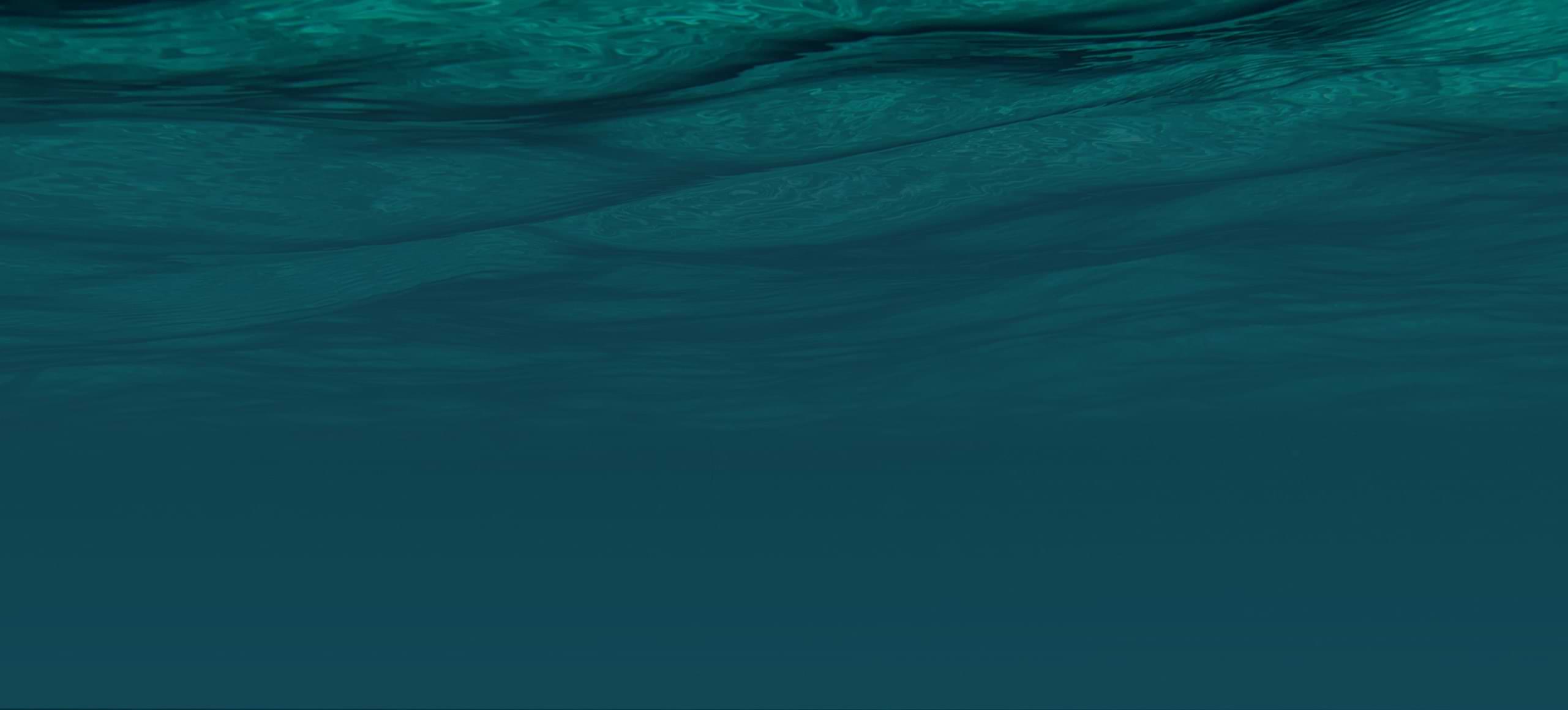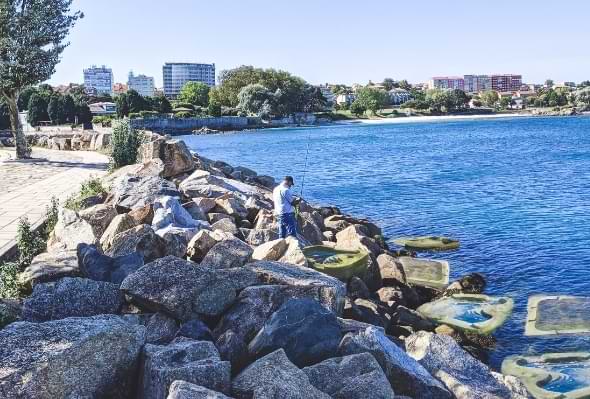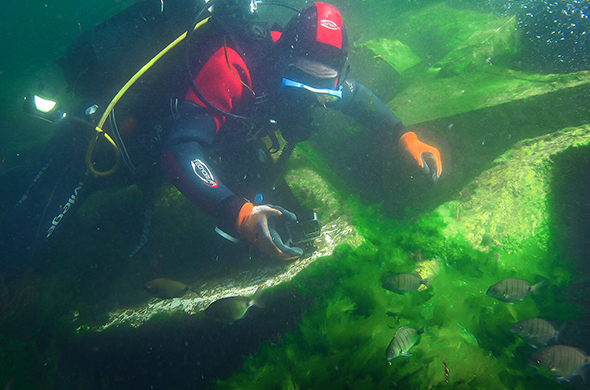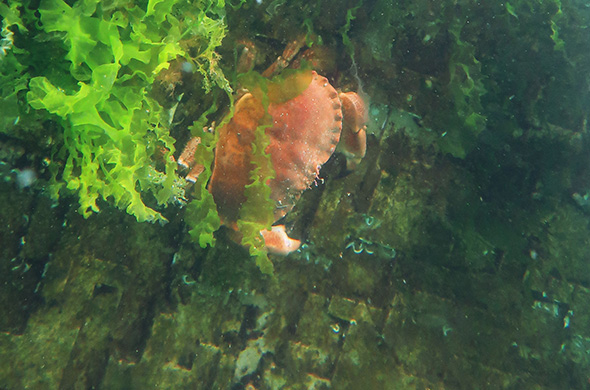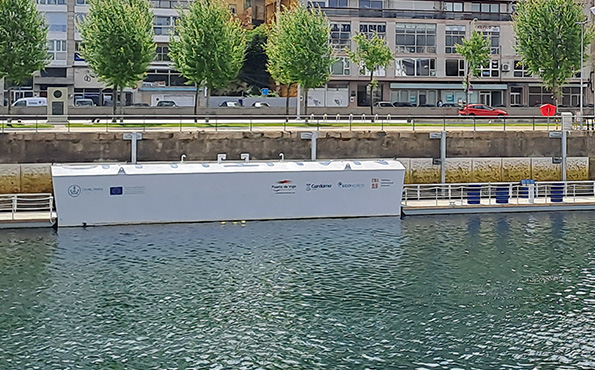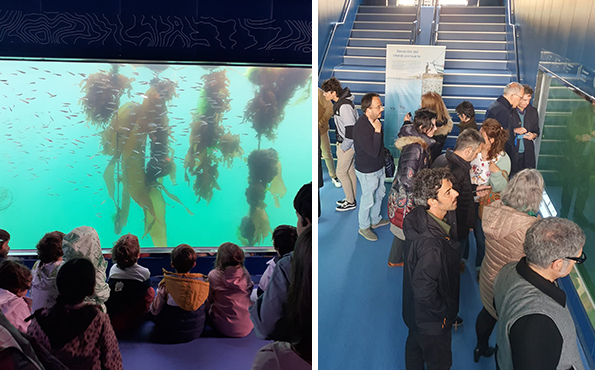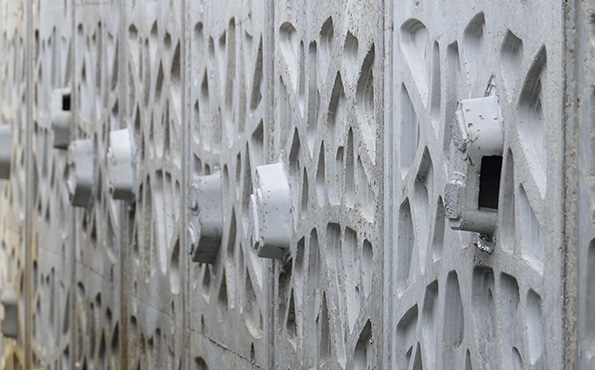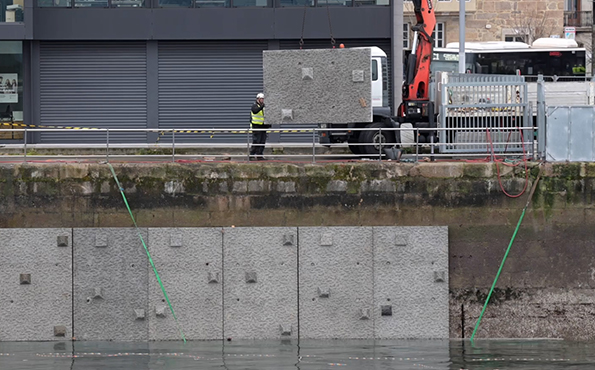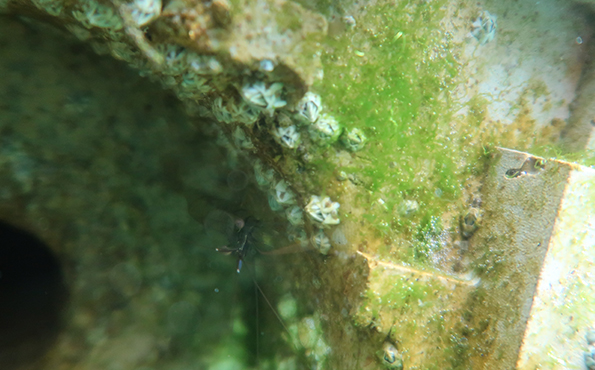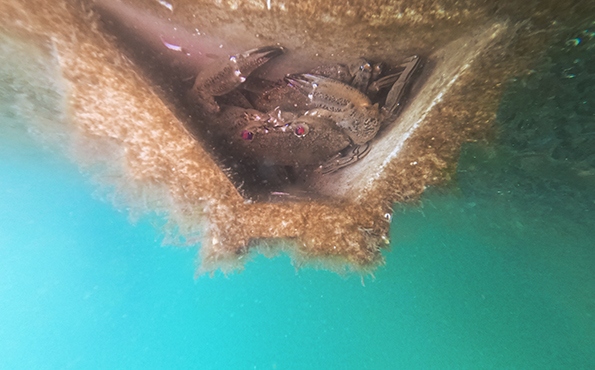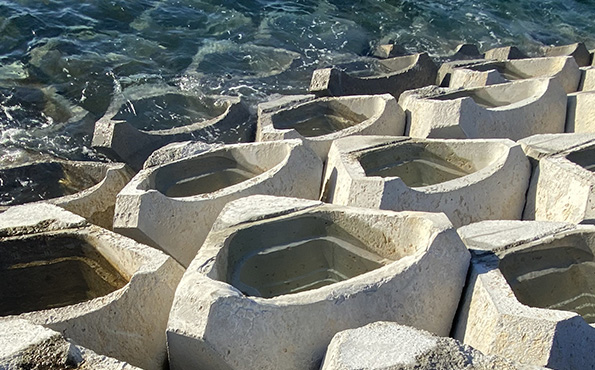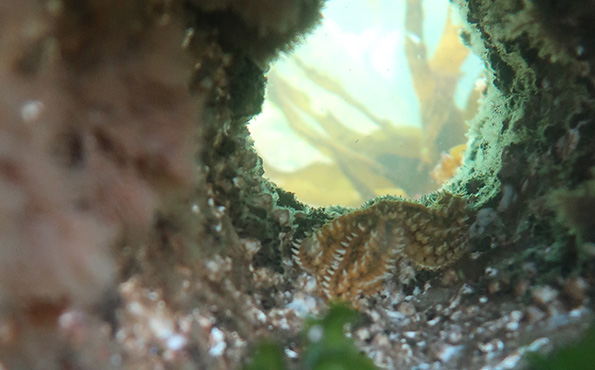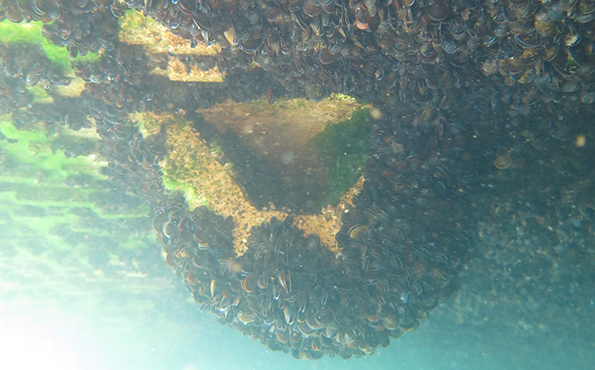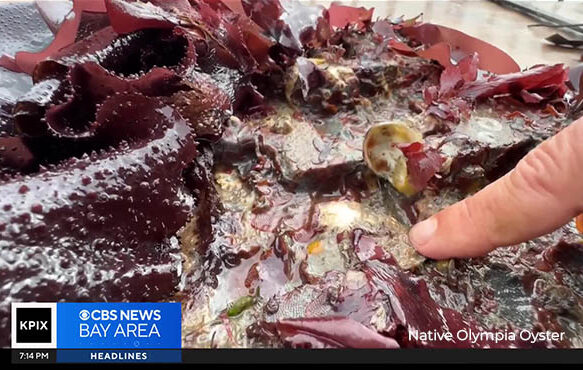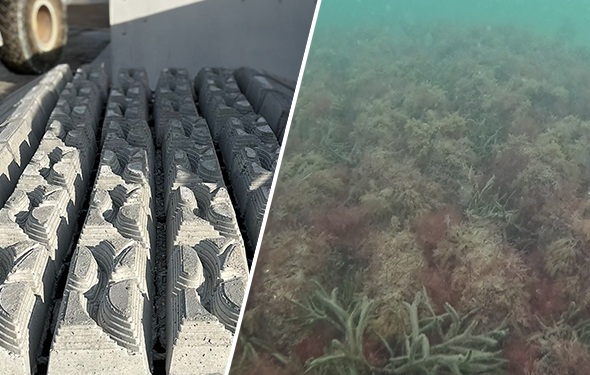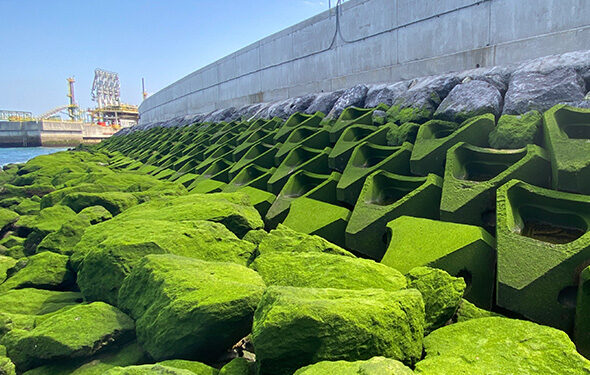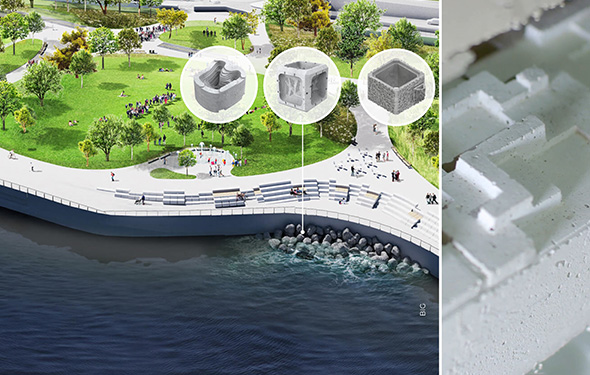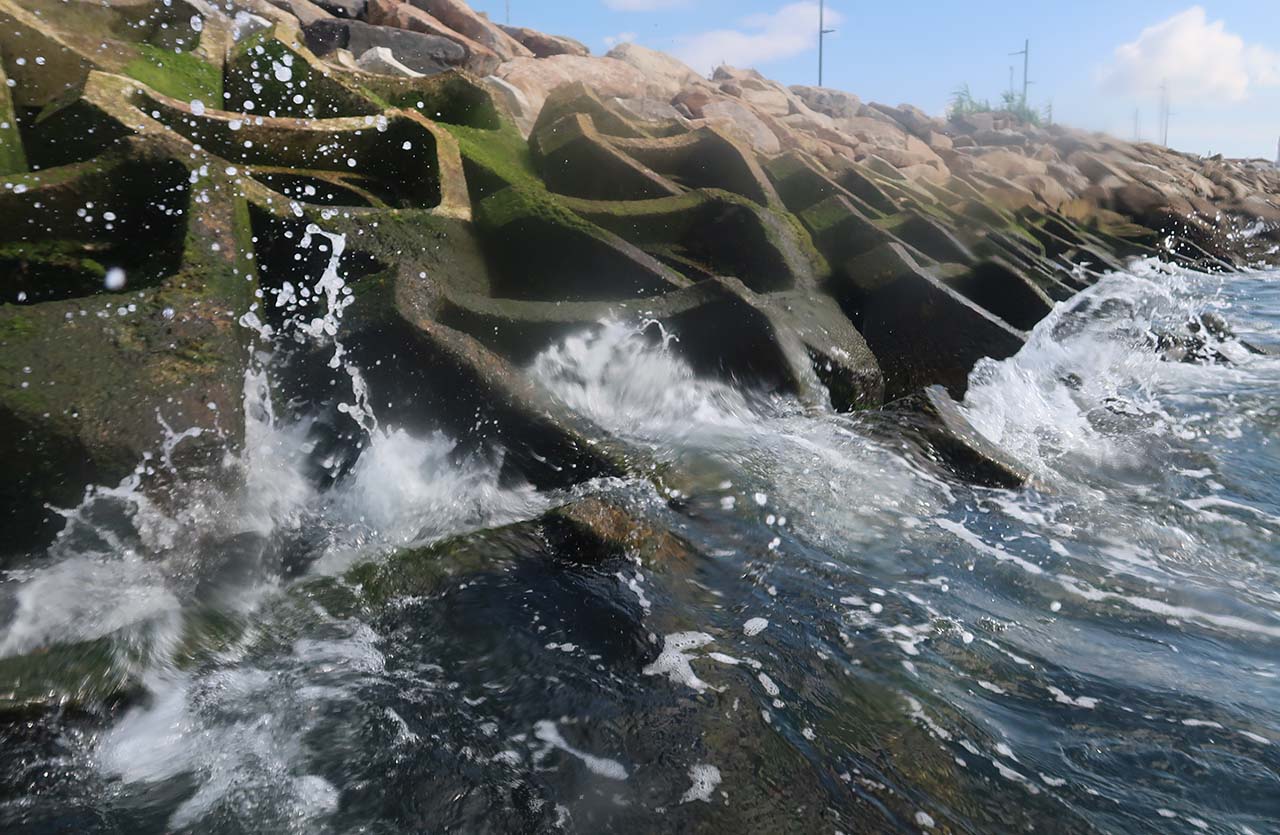
The Goal
Ports require environmentally friendly, and structurally sound infrastructure for daily operations. Living Ports showcases marine infrastructure engineered for this goal, and encourage the adoption of this flexible technology in maritime construction best practices.
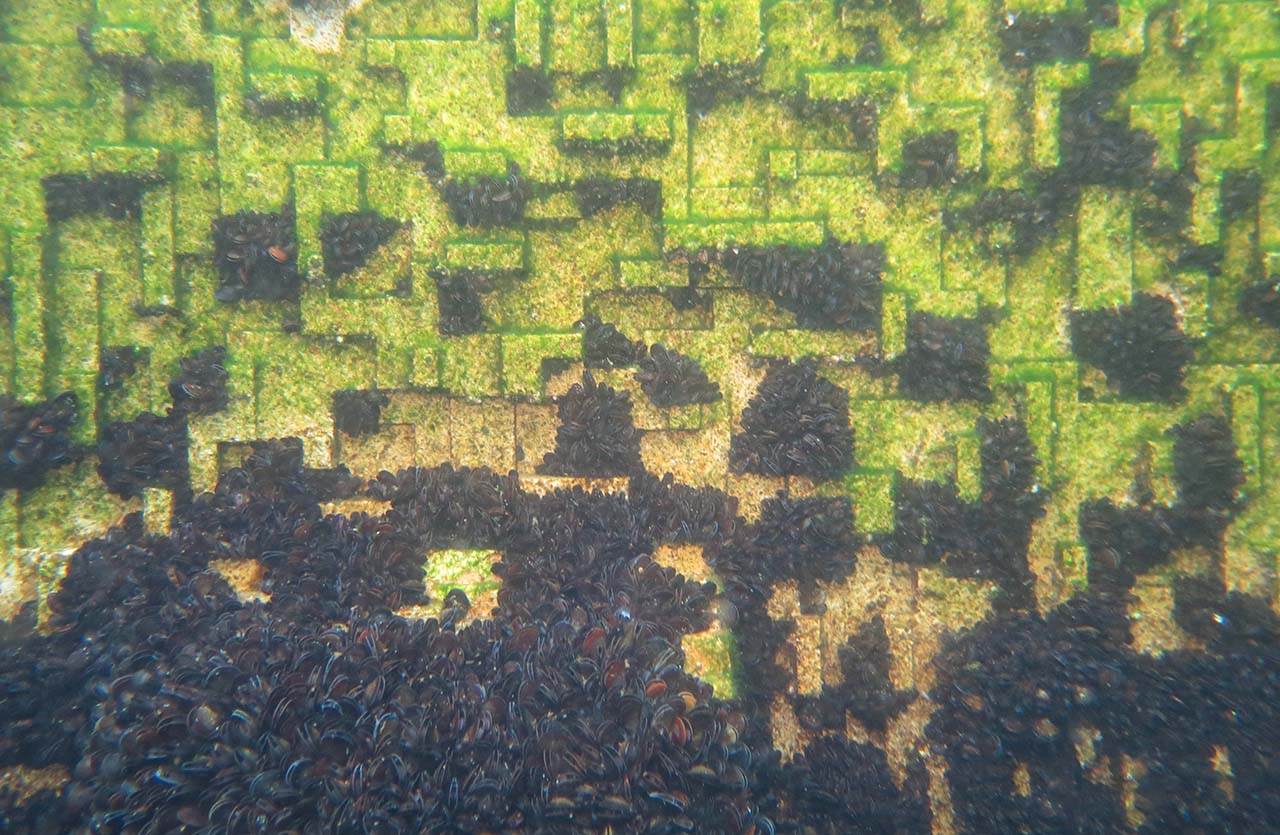
The Challenge
Until now, coastal and marine infrastructures have been built with little environmental consideration. Over 70% of marine infrastructures are concrete based, yet concrete is known to damage underwater ecosystems, be vulnerable to degradation under a changing climate, and come with a large carbon footprint. A flexible solution for lowering carbon footprint, ecologically-friendly, structurally superior concrete is needed urgently and at scale to meet the needs of ports and marine construction.
How we built it:
The Living Ports consortium led by ECOncrete was awarded European Commission’s Horizon 2020 Fast Track to Innovation funding to deploy a model solution at the Port of Vigo.
ECOncrete supplied habitat-generating concrete technology for a quay-wall and for coastal armoring. Additionally the Living Ports Project features an underwater observation deck for the public to view marine life in the port developing on the ecologically engineered seawalls. The installed Coastalock armor units provide water-retaining intertidal habitats.
Biological monitoring of the site is conducted by researchers from the Technical University of Denmark (DTU).

Let’s bring your project to life

